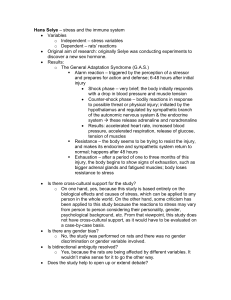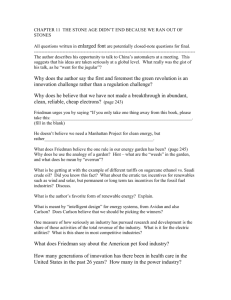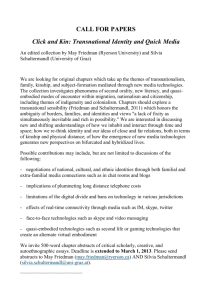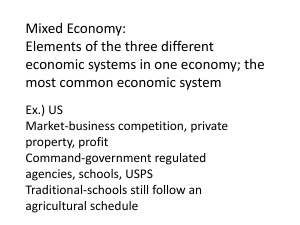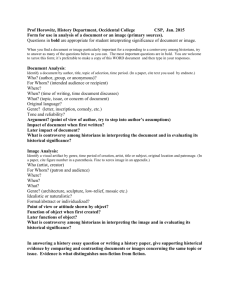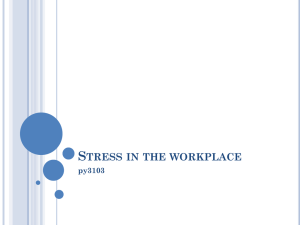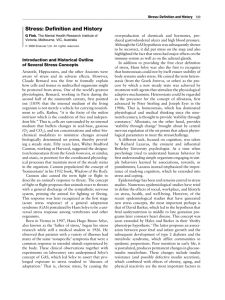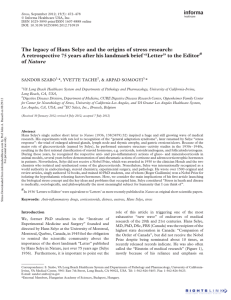AP Psychology Chapter 12 Essay question
advertisement
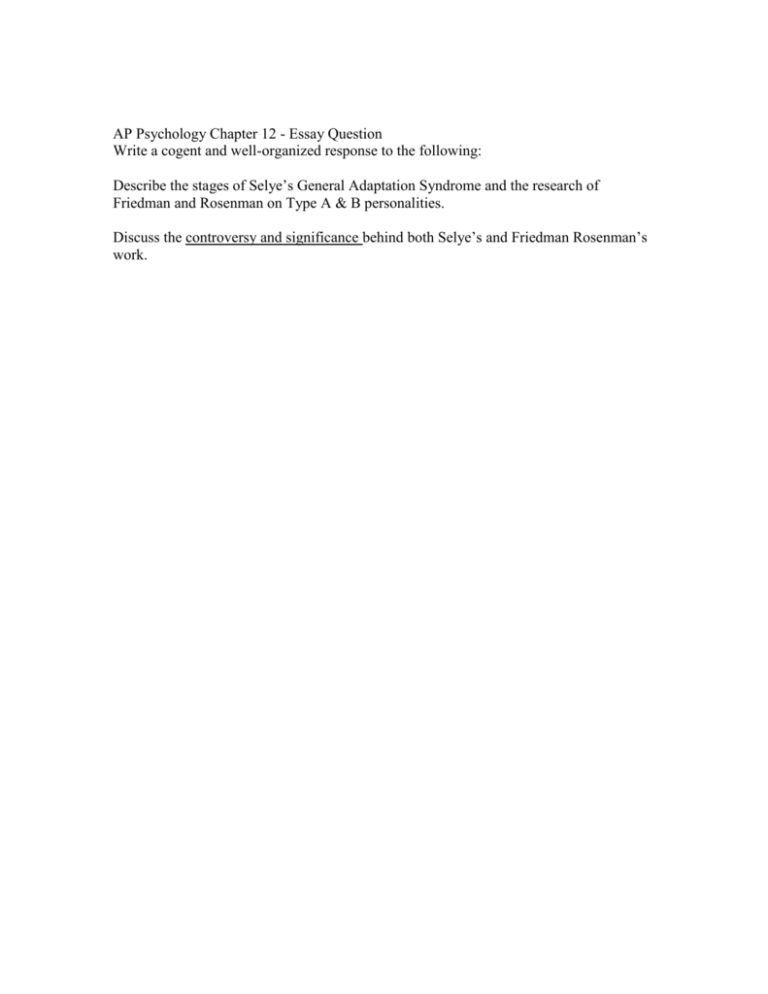
AP Psychology Chapter 12 - Essay Question Write a cogent and well-organized response to the following: Describe the stages of Selye’s General Adaptation Syndrome and the research of Friedman and Rosenman on Type A & B personalities. Discuss the controversy and significance behind both Selye’s and Friedman Rosenman’s work. AP Psychology Chapter 12 Essay question Rubric Describe the stages of Selye’s General Adaptation Syndrome and the research of Friedman and Rosenman on Type A & B personalities. Discuss the controversy and significance behind both Selye’s and Friedman Rosenman’s work. The task is to describe in some detail each of the three stages of Selye (3) and the two personality types of Friedman/Rosenman. (2) Then discuss the controversy and significance behind each (4) Total of 9 points Point one: Alarm stage – to get a point student must describe the physical responses that occur. Some are adrenal rush, body on alert, respiration and heartbeat increase. Also can add these changes help us to use either direct or defensive coping. Point two: Resistance stage – to get a point student must discuss attempt to return to a more balanced state and discuss the use of coping techniques. Can say that if successful body returns to a normal state but if not… Point three: Exhaustion – point for recognizing desperation to control stress – “burn out” or break down of reality and emotional disarray. Can include physical symptoms and mental illness Point four: Identifying characteristics of Type A personality – mention things like impatience, driven by deadlines, urgency, competitiveness. Point five: Identify Type B personality as more easy going, less driven, more agreeable Point six: Significance of Selye -- For a point need to show he linked stress with illness as a cause or to make disease worse. Point seven: Significance of Friedman/Rosenman: linking personality type A with a greater possibility of heart disease --- These people were Cardiologists, not psychologists! Point eight: Controversy of Selye: Point for discussing individual differences and perhaps things like “hardiness” or point for confirming that research does support much of his theory Point nine: Controversy of Friedman/Rosenman: Type A behavior’s tendency toward heart disease may be more due to their life style than their personality. These driven people would be more likely to engage in riskier health behaviors – not eating, exercising properly or using maladaptive methods (smoking, drinking) to cope. Sample of a 9-point essay on back…. Selye’s General Adaptation Syndrome has three stages: alarm reaction, resistance, and exhaustion. Alarm reaction is when your body first reacts to stress. Your heart rate increases. Your blood pressure increases and your body is very tense. This stage is the one that actually triggers your psychological response. Most of your body’s physical responses to stress occur in this stage. The second stage known as resistance is actually where the body begins to adjust and take action that either relieves the stress or makes it worse. The body can resist the tension by using defense mechanisms or relaxation techniques. However, if one does not do anything to relieve stress, the tension will continue to increase. Then follows the exhaustion stage where one of two things can take place. The person who went through the resistance stage well and relieved some of the stress will return to a normal life style in this stage. However, the person who did not release the tension in the resistance stage will “burnout” in this stage. They will be exhausted by all the stress they have held on to. They then may either experience depression or turn to drugs or alcohol. From this theory, Selye concluded that if stress continues to be a conflict then a person can experience or risk disease/illness. This is the significant part of Selye’s theory because he was the first to conclude that stress may lead to illness. The controversy about this is that not all major victims of stress to actually experience disease/illness. Friedman and Rosenman did research on the differences between type A and Type B personalities. What they concluded was that Type A individuals experience feeling of anger, pressure, hostility, competitiveness and major stress. Whereas, Type B individuals are much more easy going and to not experience so much stress. They also concluded that Type A individuals are much more likely to experience illness/disease because they usually obtain a high amount of stress in their lives. Type A individuals have a higher change of getting coronary heart disease because of their stress-induced lives. Whereas Type B individuals have a much lower risk of coronary heart disease because of their easygoing traits. The significance of their conclusions is that by knowing this psychologists can conclude the chances of an individual suffering from a disease. If the individual is Type A the psychology knows that they have a much higher risk of disease. However, the controversy about Friedman and Rosenman's conclusions is that not all Type A people are at risk of disease especially if they live a healthy life style (plenty of exercise/healthy diet) whereas; Type B individuals don’t necessarily have any risk of disease/ especially if they don’t live a healthy lifestyle.
